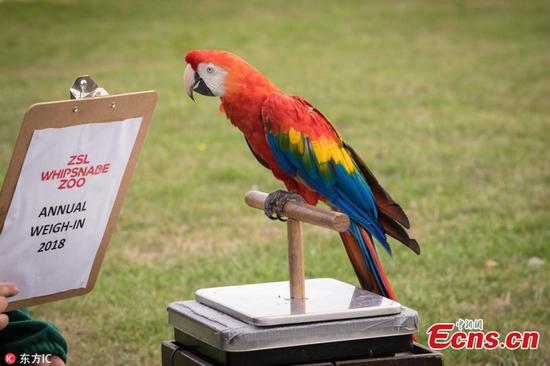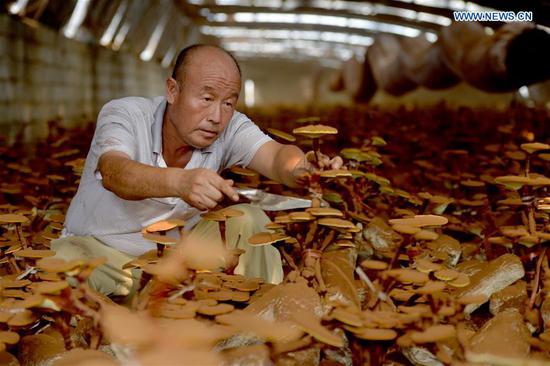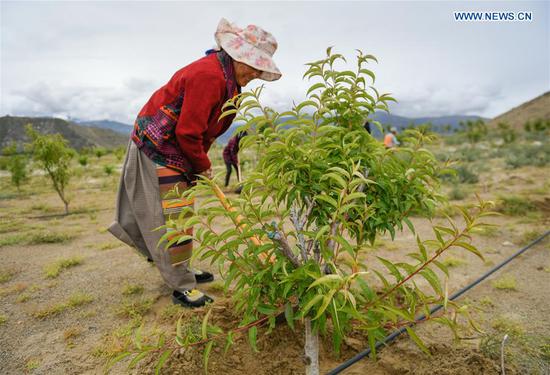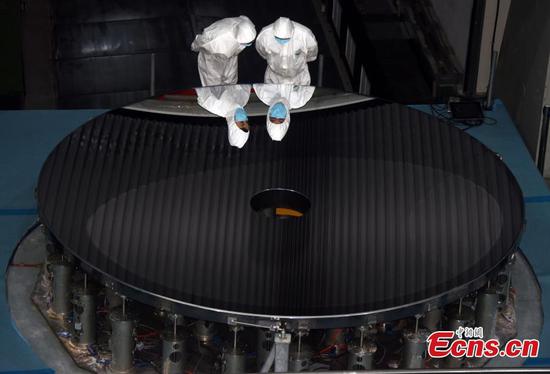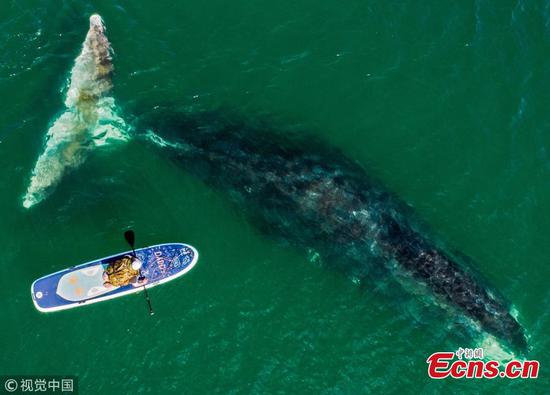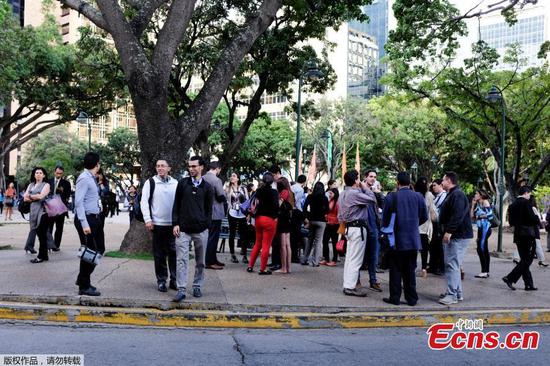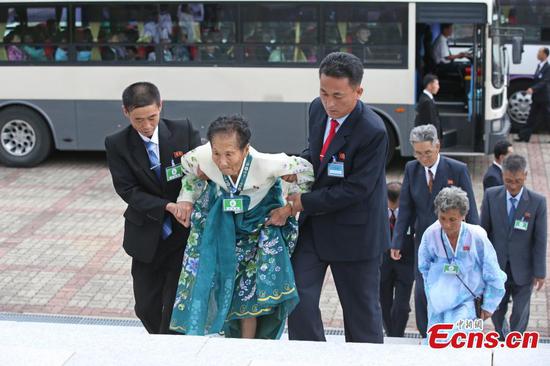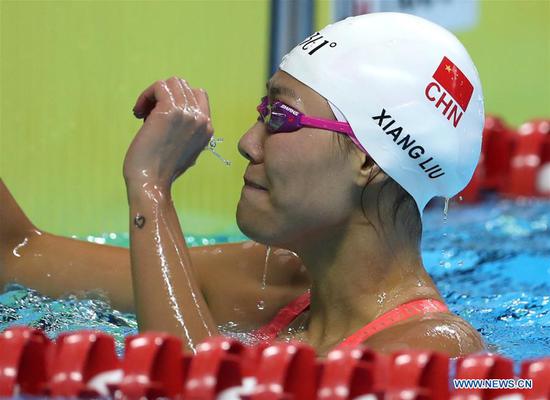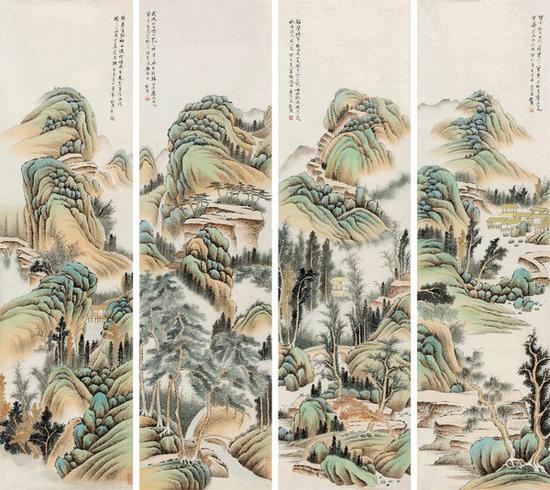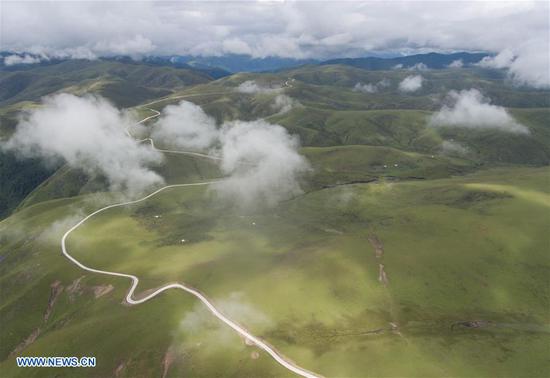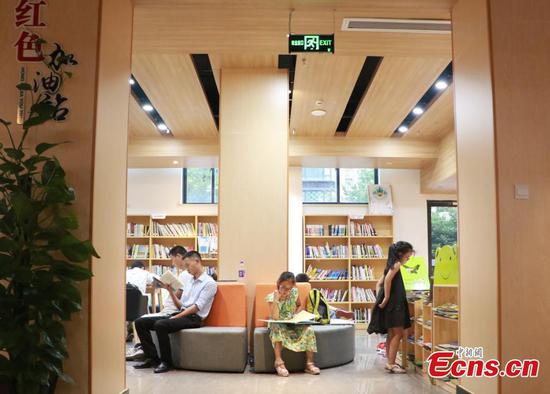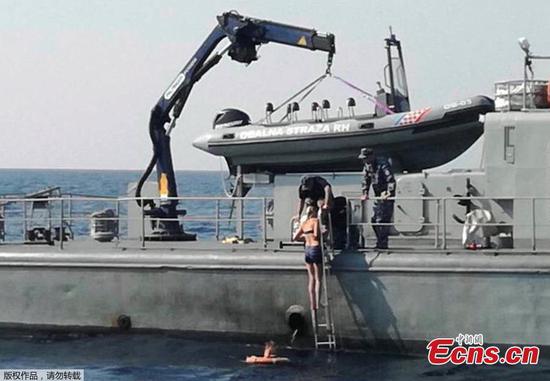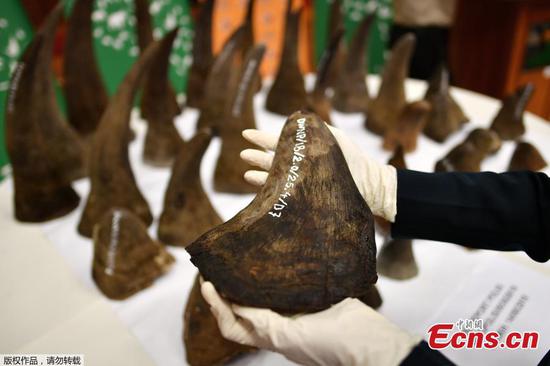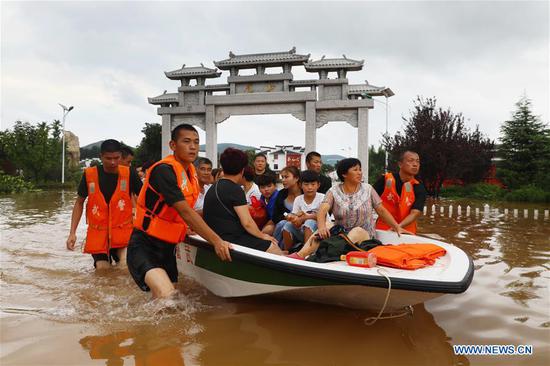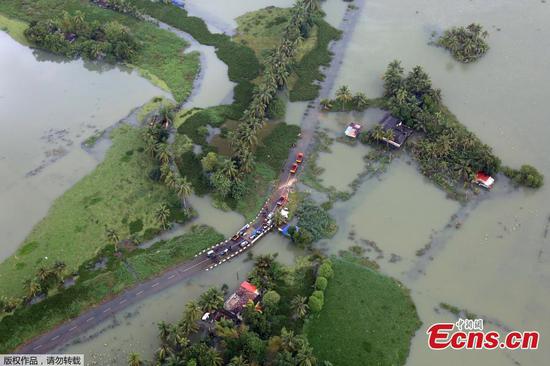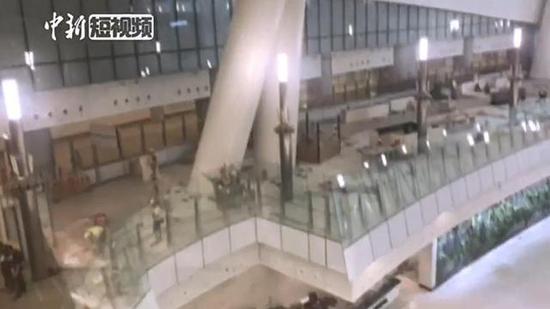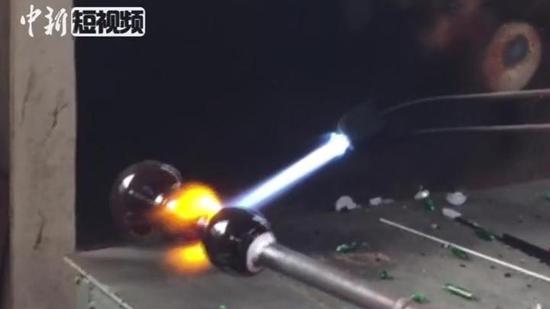An international team of researchers including scientists from the University of Western Australia (UWA) have developed a silicon chip which guides single particles of light to process quantum information, bringing the next generation of supercomputer one step closer to reality.
The breakthrough, announced on Tuesday in science publication Nature Photonics, is part of the current push to develop quantum computers, with companies like IBM, HP, Baidu, Microsoft, Google and NASA, all taking part.
Functional and large-scale quantum computers would vastly improve what current machines are capable of, making it possible to solve problems or calculations which are currently beyond the grasp of mankind -- tasks which require vast information processing and analytical power such as the data involved in space exploration, or even building automated navigation systems.
Professor Jingbo Wang, head of the UWA Physics Department, explained that today's computers and smartphones are encoded with information called bits, being either a 1 or a 0, while quantum computers are based on qubits which can be in a superposition of both 0 and 1 simultaneously.
Additionally multiple qubits can be linked in a special way called quantum entanglement, Wang said.
"These two quantum physical properties provide the power to operate quantum computers."
The team's new method, which uses photons or single light particles, demonstrates that it is possible to fully control two qubits of information within a single integrated chip using contemporary silicon technology, a big step forward for the field.
According to Wang, the team has used the silicon chip to perform delicate quantum information experiments with 100,000 different reprogrammable settings.
"One of the experiments is to implement a special class of quantum walk, which allows simultaneous traversing of all possible paths in arbitrarily complex network structures," she said.
"Being able to explore everything at the same time offers exciting prospects for science and practical applications."









